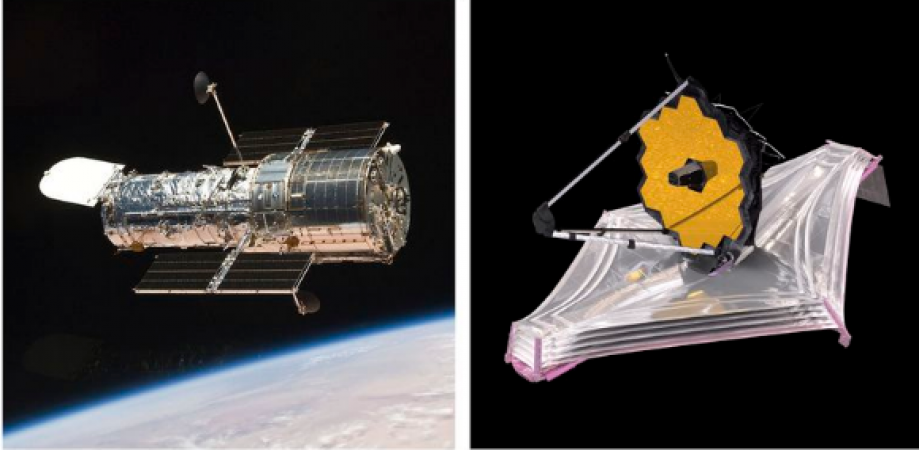
India: The James Webb Space Telescope sent first full-color images on Tuesday it stunned astronomers and people around the world.
Even project scientists were astonished by the images. Telling reporters at a briefing Tuesday that they cried, became speechless, or had their jaws drop so low that they "almost broke."
New space photos reveal many previously unseen stars, galaxies and minute details. They see farther than any infrared telescope and are able to depict the birth and death of stars in sharp and new colors.
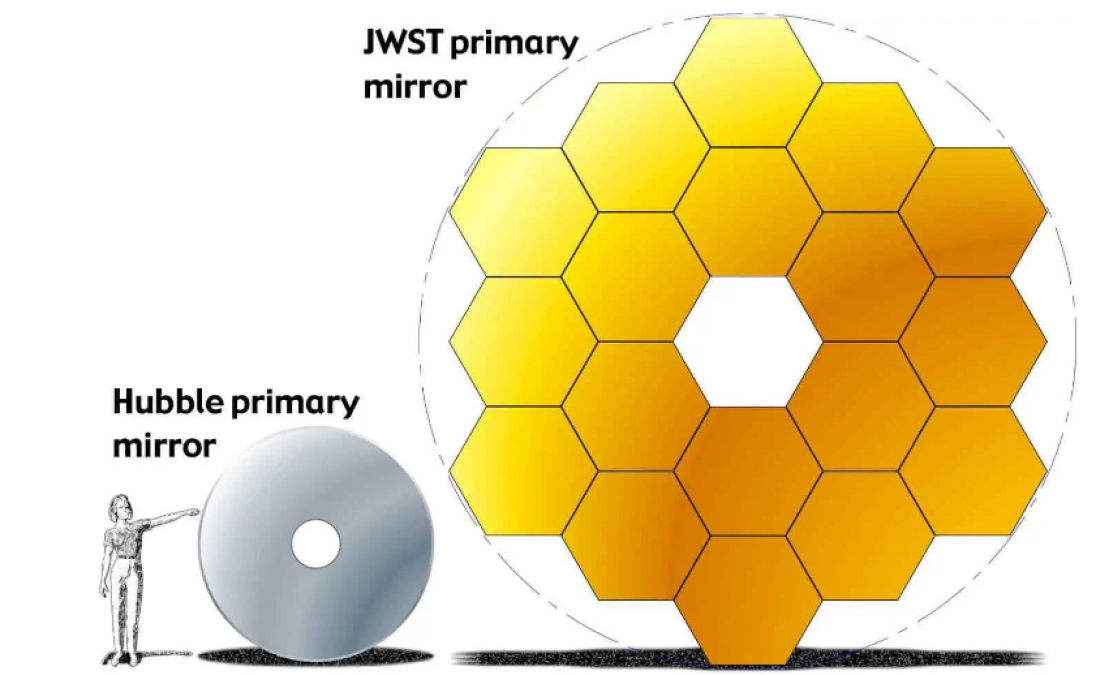
In comparision to Hubble, whose primary mirror has a much smaller diameter (2.4 metres), Webb's primary mirror is significantly larger (6.5 metres). This shows that Webb's field of view is more than 15 times larger than Hubble's.
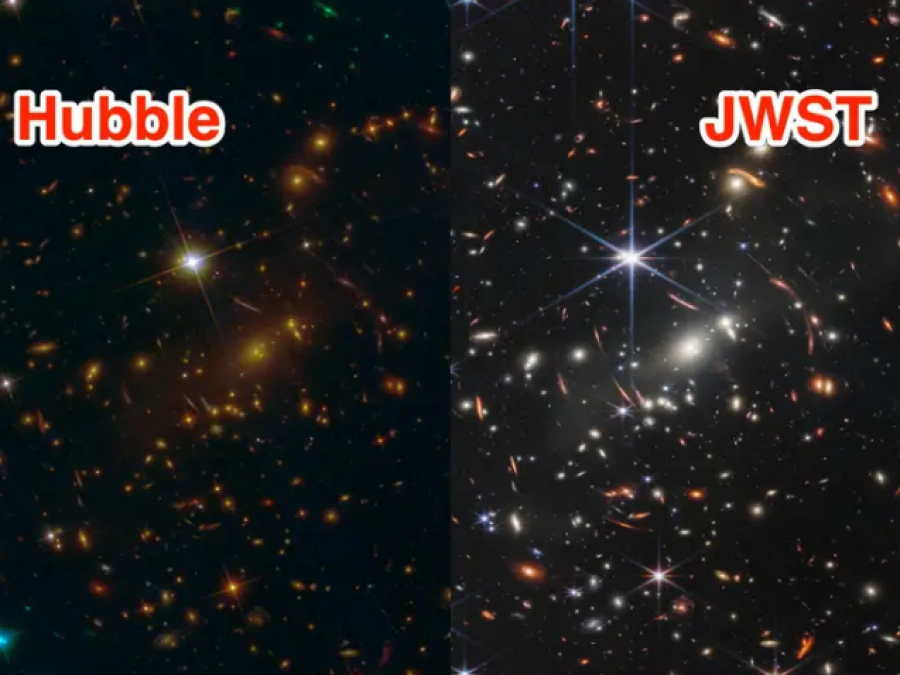 A comparison of images from the James Webb Space Telescope and Hubble of the same region.
A comparison of images from the James Webb Space Telescope and Hubble of the same region.
The first image, a long exposure of a small region of sky published Monday (above), gave a brief preview of what JWST could potentially accomplish. Tuesday brought a barrage of brand-new images that demonstrated just how much faster and more powerful the new space telescope is.
Eric Smith, lead scientist in NASA's Astrophysics Branch, said during the briefing that "we're exploring, and we haven't really even begun to try."
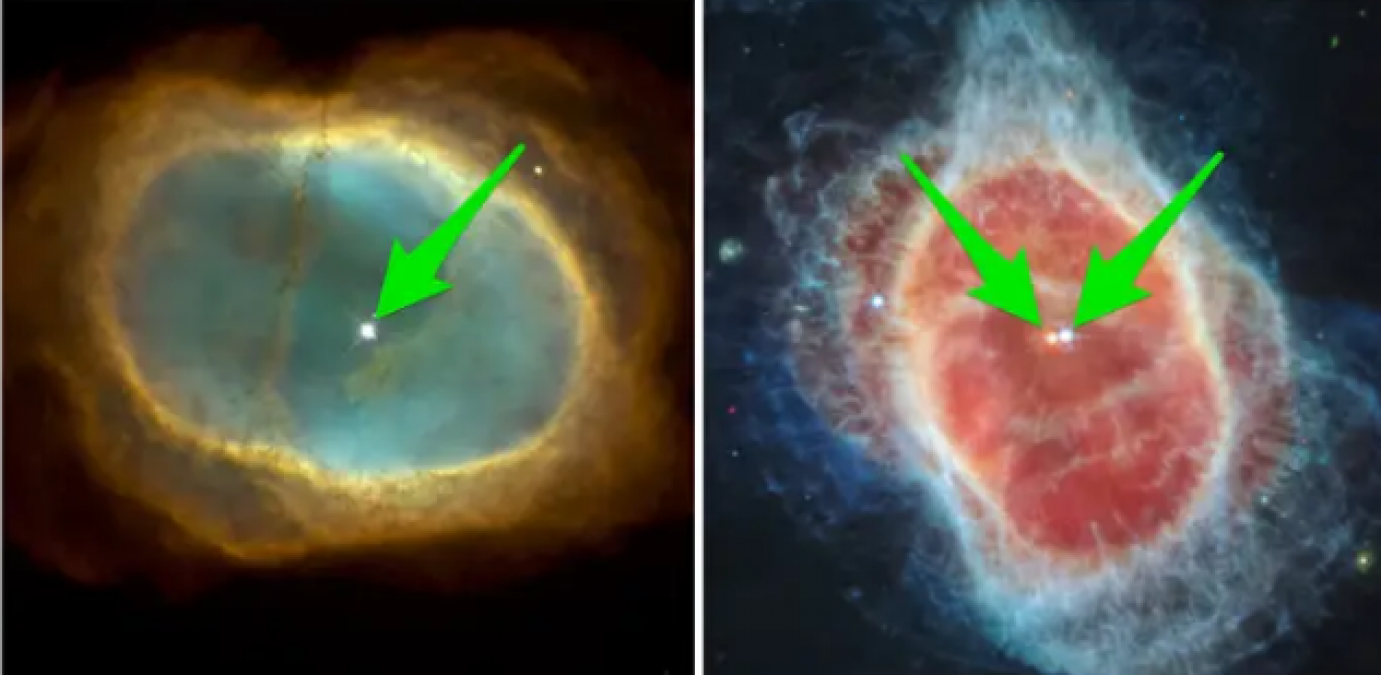 JWST clearly detects two stars at the nebula's centre where Hubble only detected one.
JWST clearly detects two stars at the nebula's centre where Hubble only detected one.
The Southern Ring Nebula is an imploding dying star that is slowly ejecting its layers of atmosphere in waves, resulting in ever-expanding bubbles of vibrant gas. Even though they could not see them in images, scientists knew it had two stars at its core.
The dying star, which glows red because it is encircled by dust in the new JWST image, is right next to its white companion star.
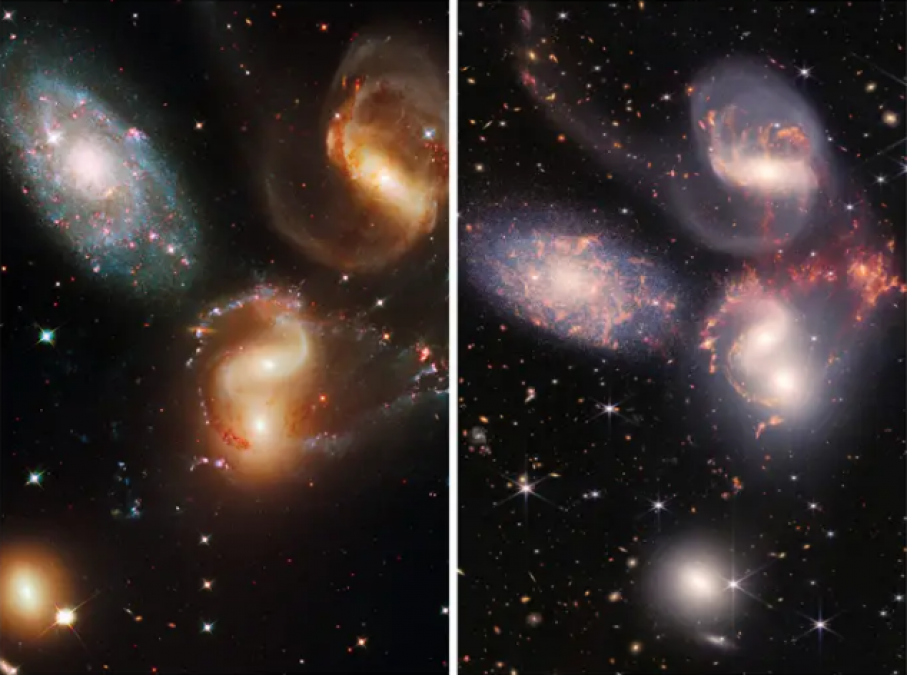 Through JWST's lens, a group of five galaxies appears much sharper.
Through JWST's lens, a group of five galaxies appears much sharper.
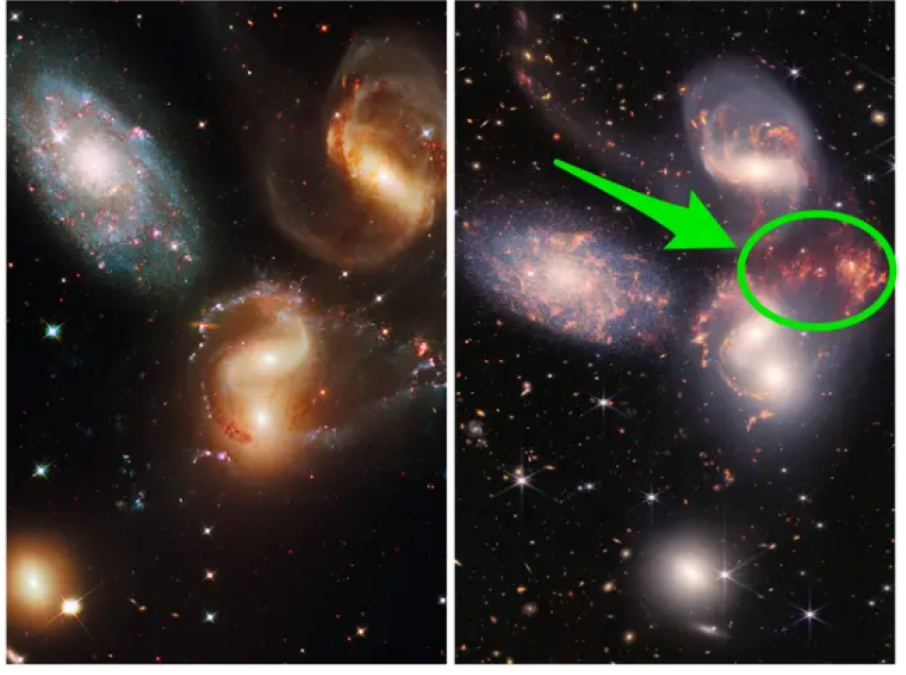 In the new image, stellar nurseries produced when galaxies merge are also visible.
In the new image, stellar nurseries produced when galaxies merge are also visible.
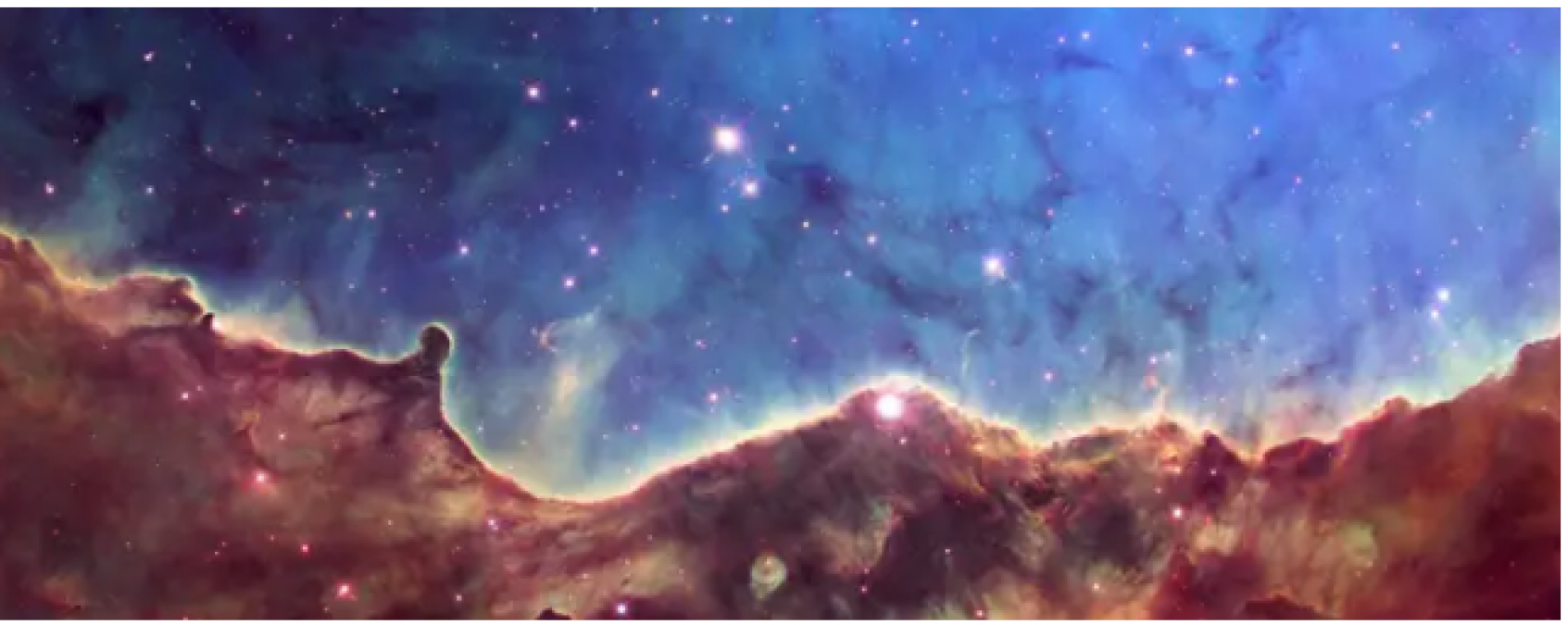 A star nursery in the Carina Nebula was captured by Hubble in this image.
A star nursery in the Carina Nebula was captured by Hubble in this image.
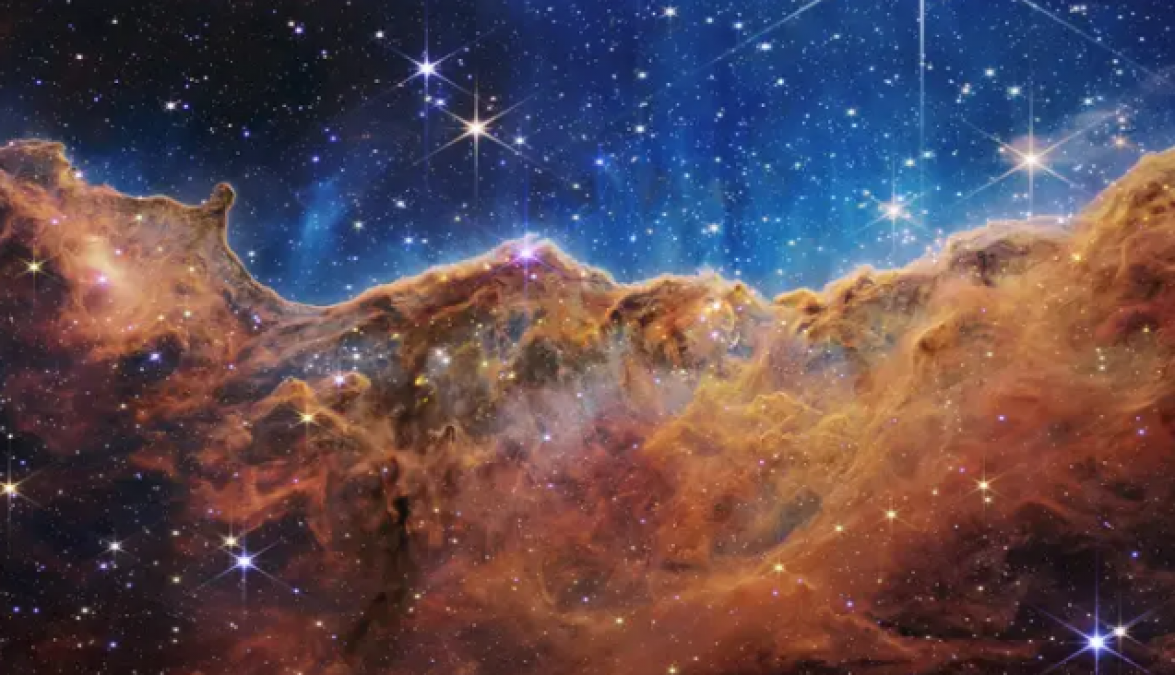 And this is a picture of the same area taken by JWST.
And this is a picture of the same area taken by JWST.
Have you seen a 13 billion-year-old "universe"? NASA releases stunning photos
First Images of James Webb Space Telescope released by NASA